Project321 RG3 Hubs
Stated Weight: 370 g (hubset w/ XDR driver, w/o 6-lock adapters)
MSRP:
- Black Hubset: $600 USD
- Single Color Hubset: $625 USD
- Custom Multi-Color Hubset: $650 USD (not yet available at launch)
- 6-Lock and 288 POE Upgrade Kit: $50 USD (see below for details)
Configurations Available:
- Front: 12 x 100 mm
- Rear: 12 x 142 mm
Drive System: M-Pulse w/ magnetic pawls; 144 points of engagement standard, expandable to 288 POE
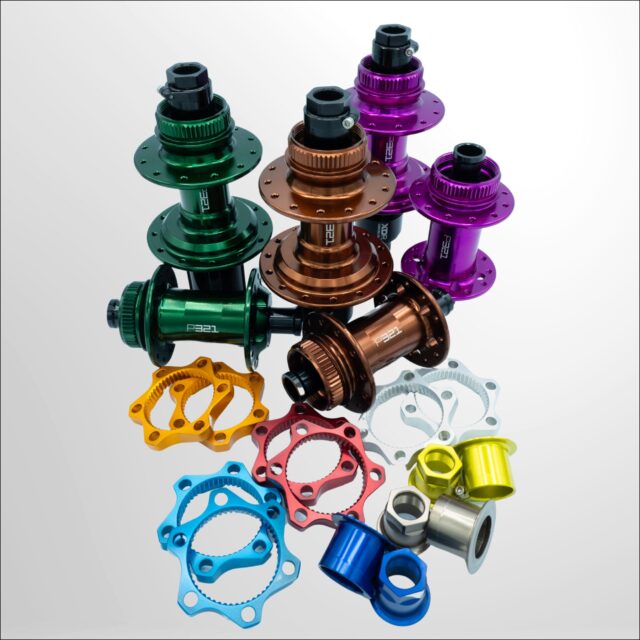
Intro
Project321’s G3 mountain bike hubs feature a couple of novel features — chiefly their 6-Lock rotor mounts and M-Pulse magnetically-driven pawl system — both of which I’m a big fan of. The 6-Lock system is effectively the best Centerlock to six-bolt rotor adapter I’ve encountered, by a long shot, and the M-Pulse drive system has proven to be quiet, reliable, and contributes to what are relatively fast-rolling hubs, especially for the high number of engagement points they offer (288 of ‘em on the mountain bike version). I was sufficiently impressed with the G3 hubs when I reviewed them last year that I just picked up another set for a personal bike build.
We’ll cover the 6-Lock and M-Pulse systems in more detail in a minute, but the breaking news here is that Project321 has taken many of the design elements from the mountain-oriented G3 hubs and packaged them into a slimmed-down, lighter package meant for road and gravel — the aptly-named RG3. The G3 hubs are already offered in drop-bar-oriented configurations, but by making a new version more specifically tailored for drop bar axle standards and demands, Project321 has managed to shave a substantial amount of weight in the RG3s, with their stated weight for the hubset coming in at 80 grams under our measured one for a G3 hubset (albeit in wider spacing and with larger diameter axles).
Design & Options
Unlike the G3 hubs, the RG3s are offered in a single axle configuration, specifically meant for drop bar bikes (12 x 100 mm front and 12 x 142 mm rear). The hubshells and end caps are available in 12 different anodized colors, with options to mix and match for a slight upcharge.
As with the G3 hubs, the RG3 ones are made in Project321’s own facility in Ontario, Canada, from 7075 aluminum (hubshells, axles, and endcaps) and tool steel (grade not specified) for the pawls and drive ring.
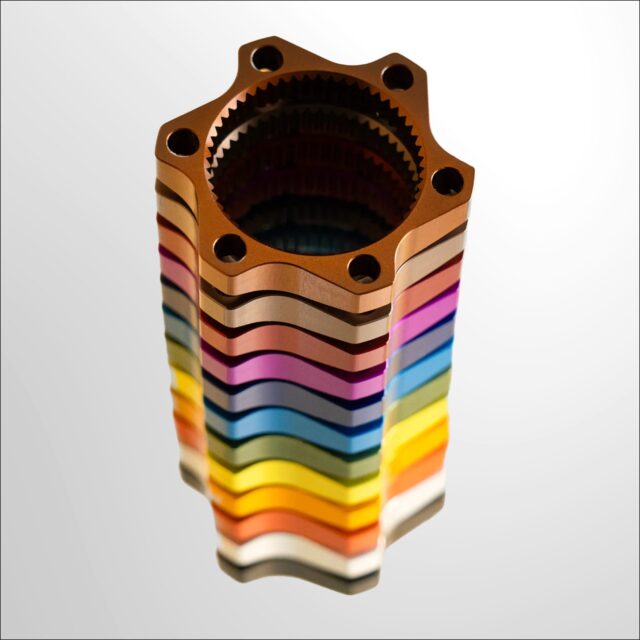
6-Lock Rotor Mounting
As we touched on up top, the 6-Lock rotor mount is an especially clever and tidy system, but it’s not a new standard. Rather, the RG3 hubs are effectively standard Centerlock hubs, with the option to add an especially nice six-bolt adapter if you want to. Since we already covered the design in our review of the G3 hubs, I’ll just quote from that here:
The way it works is pretty simple: there’s a stainless steel collet that snaps over the Centerlock splines on the hub, which includes threaded bosses to accept rotor mounting bolts. An aluminum flange slides over the Centerlock splines and onto the collet to support the rotor and transmit braking torque to the hub shell. A standard six-bolt rotor then bolts right up and tightens the collet against the back side of the Centerlock splines on the hub shell to keep everything nice and secure.
Unlike a more conventional Centerlock adapter, the 6-Lock design means that you don’t need a bottom bracket or cassette tool to attach or remove the rotor, making trailside maintenance with a multi-tool more viable. Centerlock adapters also often have a slight amount of play in the interface, and the 6-Lock system should do away with that, too.
(The 6-Lock collet does use M4 bolts instead of the more conventional M5 rotor mounting ones, but Project321 includes custom ones with a T25 Torx head to make things easy. Finding replacements at a hardware store with that T25 head probably isn’t happening, but you should be able to make something work with an off-the-shelf bolt in a pinch.)
The 6-Lock design also means that the rotor bolts thread into a harder stainless steel piece (the collet) instead of a softer aluminum hub shell, making them harder to strip. And the collet is, of course, replaceable if need be.
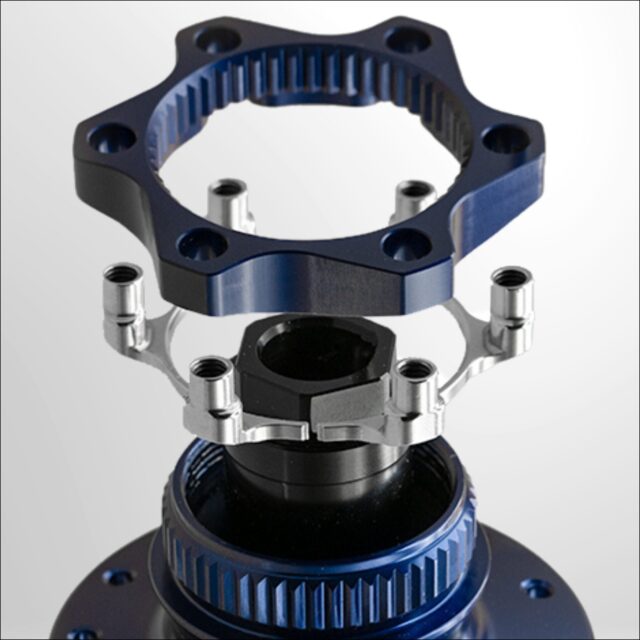
Since Centerlock rotors are more standard on drop bar bikes, the 6-Lock adapters are an optional extra on the RG3 hubs rather than being included as they are with the G3s, but the system works identically between the two, and it’s great. You can get my thoughts on it in greater detail in our review of the G3s, but it really is pretty close to being the best of both worlds from a compatibility and usability standpoint.
M-Pulse Freehub Mechanism
The RG3 hubs use a very similar version of Project321’s M-Pulse freehub mechanism to what’s used with the G3s, just with a bit less engagement in the standard configuration.
The M-Pulse freehub uses pawls and a ratchet ring inside the hub shell, which is normal enough, but unlike most pawl-driven hubs, which use small springs to push the pawls into place, Project321 uses magnets. The main idea is to reduce drag by lowering the amount of friction between the pawls and the ratchet ring as they click over from one set of teeth to the next.
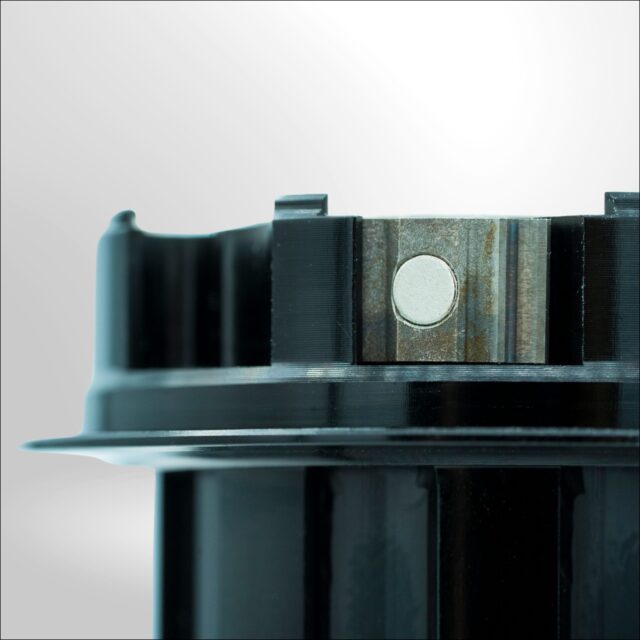
With a normal spring-driven pawl, the amount of force exerted is highest when the pawl is disengaged from the ratchet ring because the spring has to compress farther as the pawl clicks over than when the pawl is in the “up” position to engage with the ratchet ring. With a magnet drawing the pawl into the ratchet ring, it’s the opposite — as the pawl and ratchet ring separate, the magnetic force between the two decreases, meaning that there’s less friction as the pawl slides from one tooth on the ratchet ring to the next.
The main difference between the M-Pulse system as implemented in the G3 hubs vs. the RG3 ones is that the G3 comes with eight pawls, which engage in four sets of two to produce 288 total points of engagement from a 72-tooth ratchet ring. The RG3 hub leaves four of the pawls out in the name of reducing drag (and, I suppose, a little bit of weight) while still offering an ample 144 points of engagement. The slots for the four missing pawls are still present in the freehub body, however, and you can add them back if you’re so inclined.
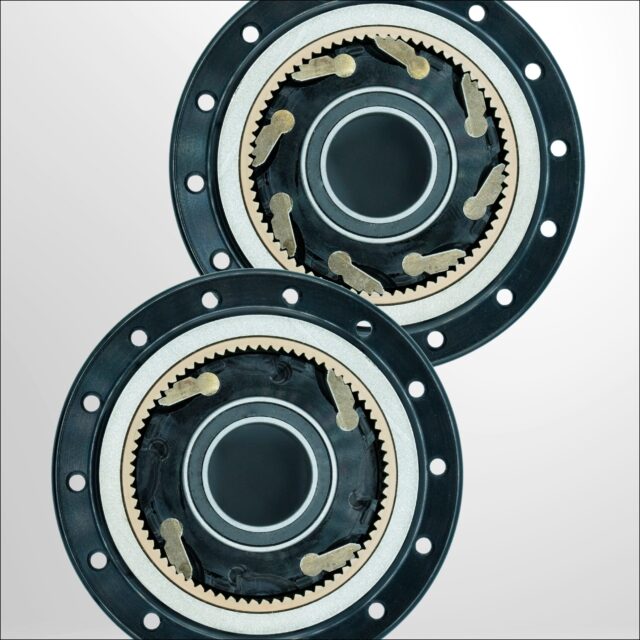
Axles, Bearings, and Seals
Like the G3, the RG3 rear hub spins on four cartridge bearings (two for the freehub and two for the main hub shell) with dual-row bearings used in the more heavily loaded inboard position on both. The bearing preload on the rear hub is also adjustable — something of a rarity on cartridge bearing hubs — and while we’ve had issues with other cartridge bearing hub preload systems coming loose from time to time, Project321’s has been quite reliable in our experience.
Project321 calls rear hub seals in the RG3 rear hub (shared with the G3) their “most advanced sealing system to date.” The freehub seal uses a light-contact rubber seal that is pressed into the hub shell, along with an aluminum dust shield that’s attached to the freehub body.
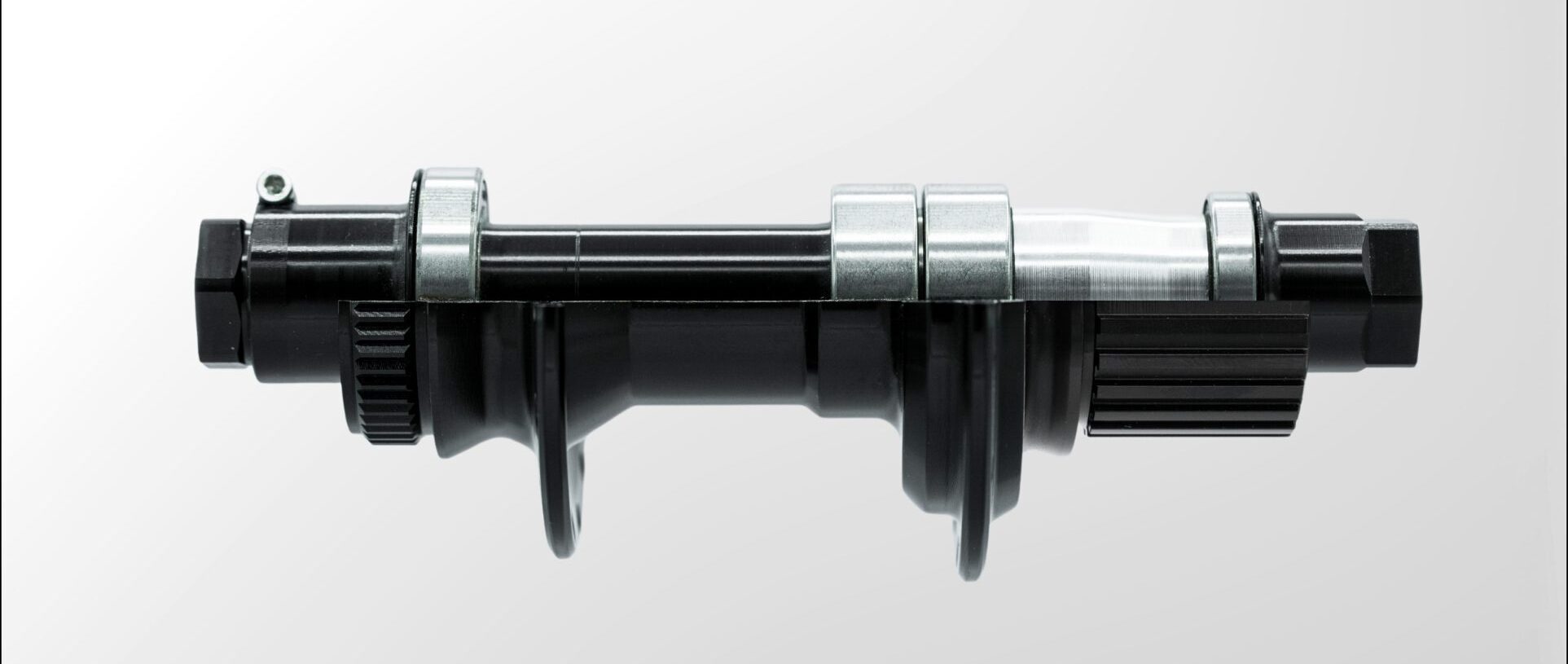
Bottom Line (For Now)
Project321’s G3 hubs have become a favorite around here, and the new RG3 ones look to keep the features that make the G3s great, just in a pared-down, lighter package for drop bar bikes. We’re working on finding the right home for a review set now and will report back with a Full Review once we do.

I’ve got a set of these for mtb. I’ve put about a million hours on them with nothing other than basic annual servicing (and one axle replacement when Jake redesigned them).